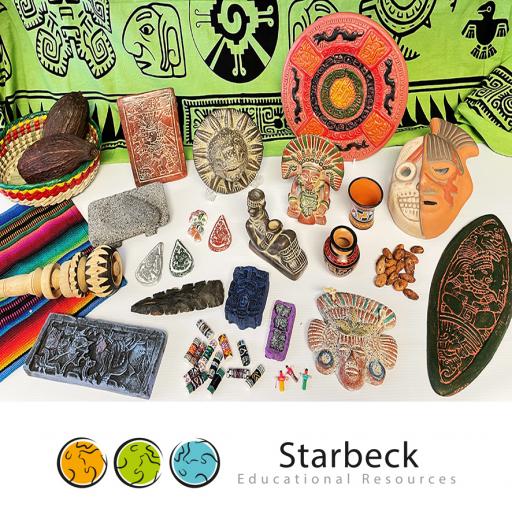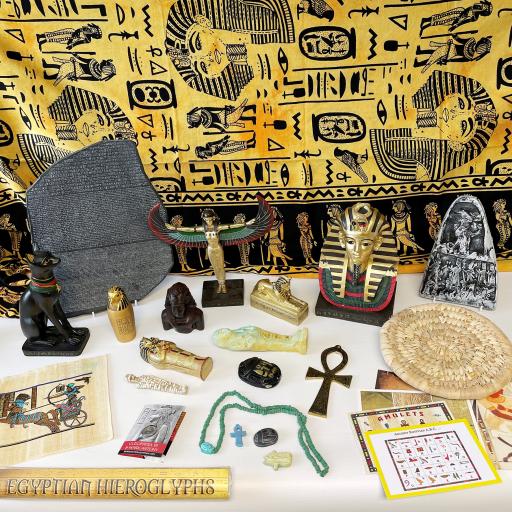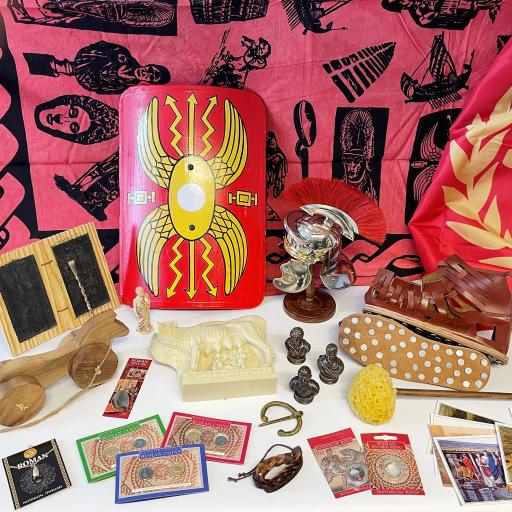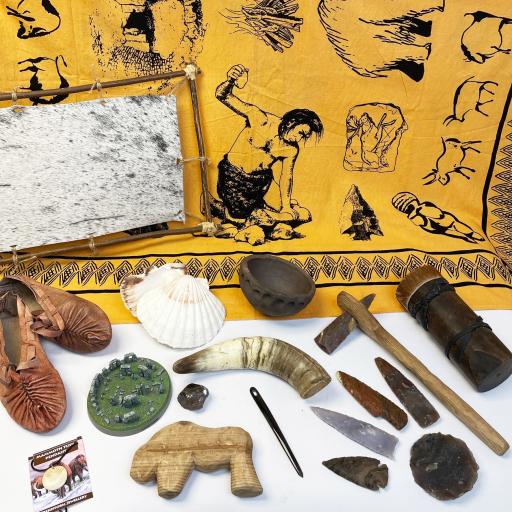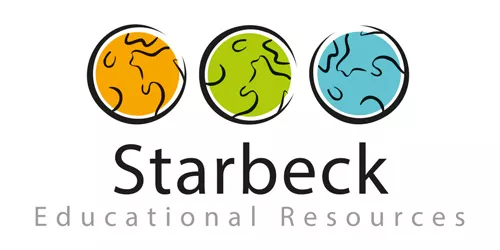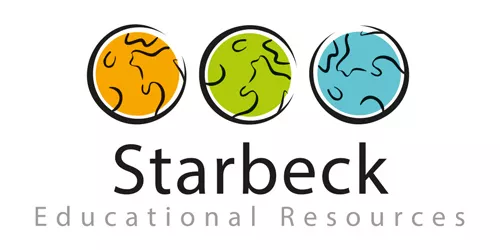Why is it important to use Artefacts in Primary School Education?
Involving children and fostering a greater understanding of history, culture, and society can happen through the use of artefacts in primary school instruction. From Roman coins to Egyptian mummies, artefacts provide a special and tactile link to the past, enabling students to investigate and visualise the people and events that influenced the world we live in today. This practical kind of education can also encourage creativity, critical thinking, and a love of history and learning that lasts a lifetime.
A Window into the Past: Egyptian Artefacts
Egyptian antiquities are among the most well-known and impressive items in the entire globe. These items, which range from mummies to hieroglyphic scrolls, offer a fascinating window into the customs and way of life of the Ancient Egyptians. Egyptian artefacts can be used in the classroom to teach pupils about Egyptian religion, culture, and daily life as well as the civilization's influence on the rest of the globe.
For instance, students can investigate the pharaohs' dual roles as political and religious leaders and think about the effects of their authority on the Egyptian populace. Students can learn about the significance of writing and communication in ancient Egypt by studying hieroglyphics. They can also reflect on how the development of writing has influenced our world today.
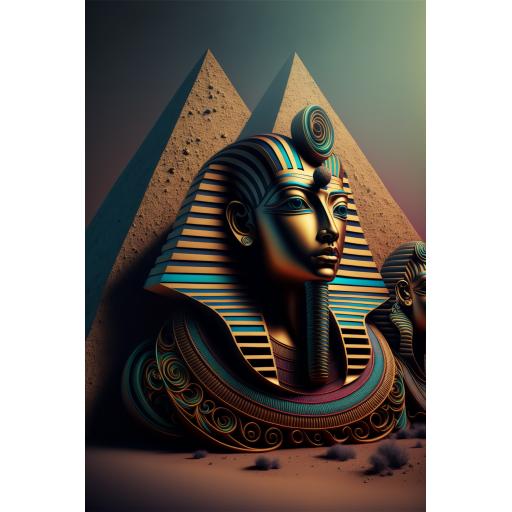
The Legacy of the Classical World:
Primary school teachers can learn a lot from artefacts from ancient Greece and Rome. These objects, which range from Greek pottery to Roman coinage, provide a window into the history of the classical civilizations and the influence they had on the planet.
These objects can be used in the classroom to instruct pupils on the political, monetary, and social structures of classical Greece and Rome. Students could investigate the function of democracy in ancient Greece and think about how it influenced contemporary democratic institutions. Students can study Roman coins to learn more about the Roman economy and to think about how the Roman Empire affected international trade.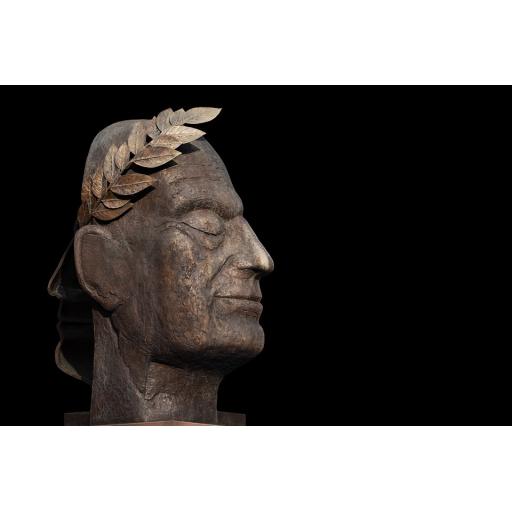
An Artefact-Rich Civilization: The Maya
Primary school instructors might also benefit from artefacts from the Maya culture. These artefacts, which range from pottery to pyramids, provide a detailed glimpse into the Maya culture and its influence on the rest of the world.
These artefacts can be used in the classroom to teach pupils about the Maya civilization's political and economic structures, as well as their religion and way of life. Students can investigate the Mayan calendar's function and significance in Mayan culture and religion, for instance. Students can get knowledge about the significance of trade and commerce in the Maya culture by studying Mayan ceramics.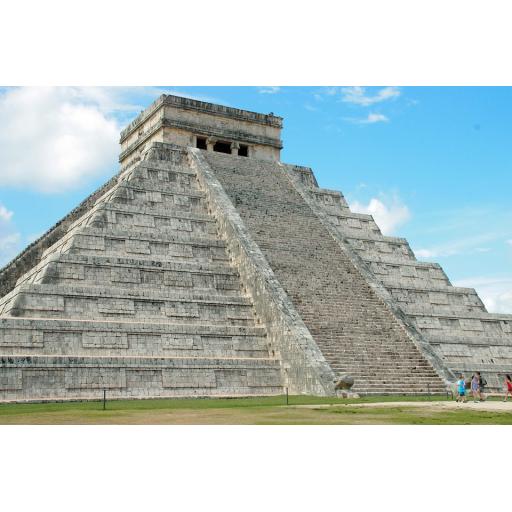
The Vikings: A Fascinating Culture Explored
Viking-era artefacts provide a singular window into the realm of one of history's most interesting and dreaded cultures. These relics, which range from longships to swords, offer a concrete link to the Vikings and their influence on the world.
These relics can be used in the classroom to teach pupils about the Vikings and their culture, religion, and way of life. For instance, students can investigate the Vikings' position as warriors and think about how they affected Europe and the rest of the world. Students can gain knowledge about the significance of seafaring in the Viking era as well as the Vikings' effects on trade and commerce by studying Viking longships.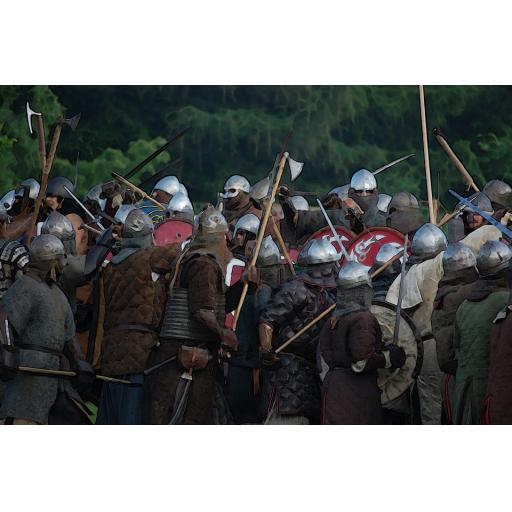
The Stone Age: A Look Back at Humanity's Earlier Days
Primary school instructors should heavily rely on Stone Age artefacts because they provide a window into the lives of our oldest ancestors. These objects, which range from stone tools to cave paintings, offer a concrete link to the people who lived at this time and their influence on the globe.
In the classroom, teachers can utilise these objects to instruct pupils about the Stone Age, including how early human communities evolved, how tools were created, and how the Stone Age affected the rest of the globe. Students can investigate the function of cave paintings in early human culture, as well as their relevance as the earliest forms of art and communication. Students can learn about the history of technology and how it affected early human communities by looking at stone tools.

Religion's Function in History and the Present.
Teachers can get a wealth of information from artefacts from religious cultures and customs. These objects, which range from religious writings to religious artwork, offer a concrete connection to the beliefs and customs of individuals from various civilizations and time periods.
Teachers can utilise these objects in the classroom to instruct students on the historical and contemporary significance of religion as well as its influence on society and culture. Students can investigate how religious texts influence beliefs and practises, for instance, and think about how they have changed through time and among countries. Students can learn about the value of art in religious expression and how religious art shapes cultural identity by looking at religious art.
Conclusion
The use of artefacts in the classroom in Primary schools provides a plethora of chances for students to interact with the past, investigate many cultures and civilizations, and develop their critical thinking and creativity. Artifacts, which range from Viking longships to Egyptian mummies, give a tangible link to the past and are a valuable teaching tool for elementary school teachers. Teachers may help students comprehend history, culture, and society better by using artefacts in their lessons to bring the past to life.
#ArtifactsInEducation #PrimarySchoolHistory #GreeceAndRome #MayaCivilization #Vikings #StoneAge #ReligionAndArtifacts #EgyptianArtifacts #Vikings #Stone Age
